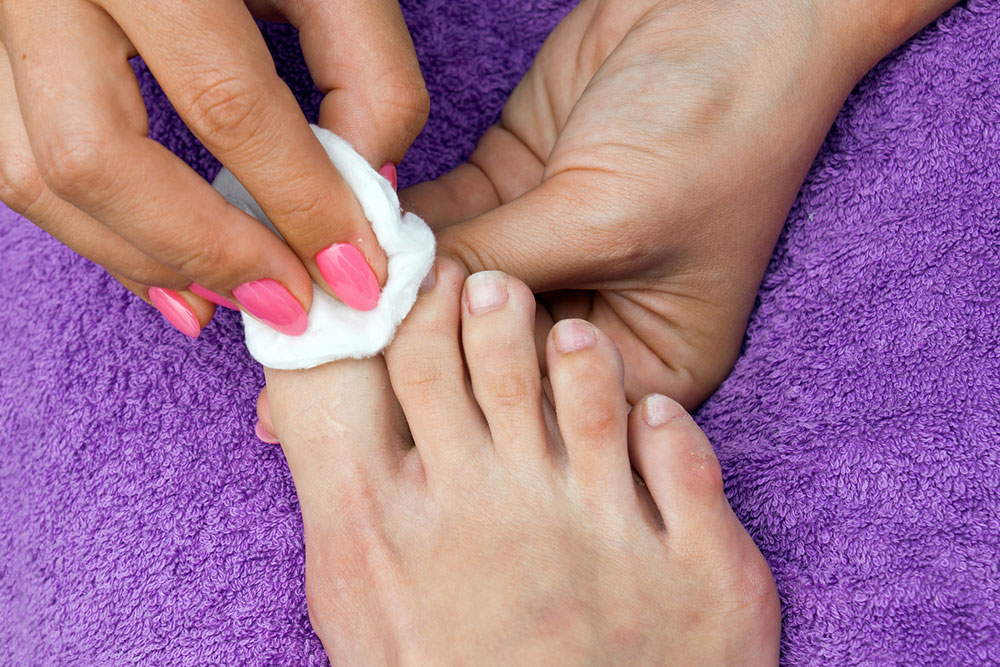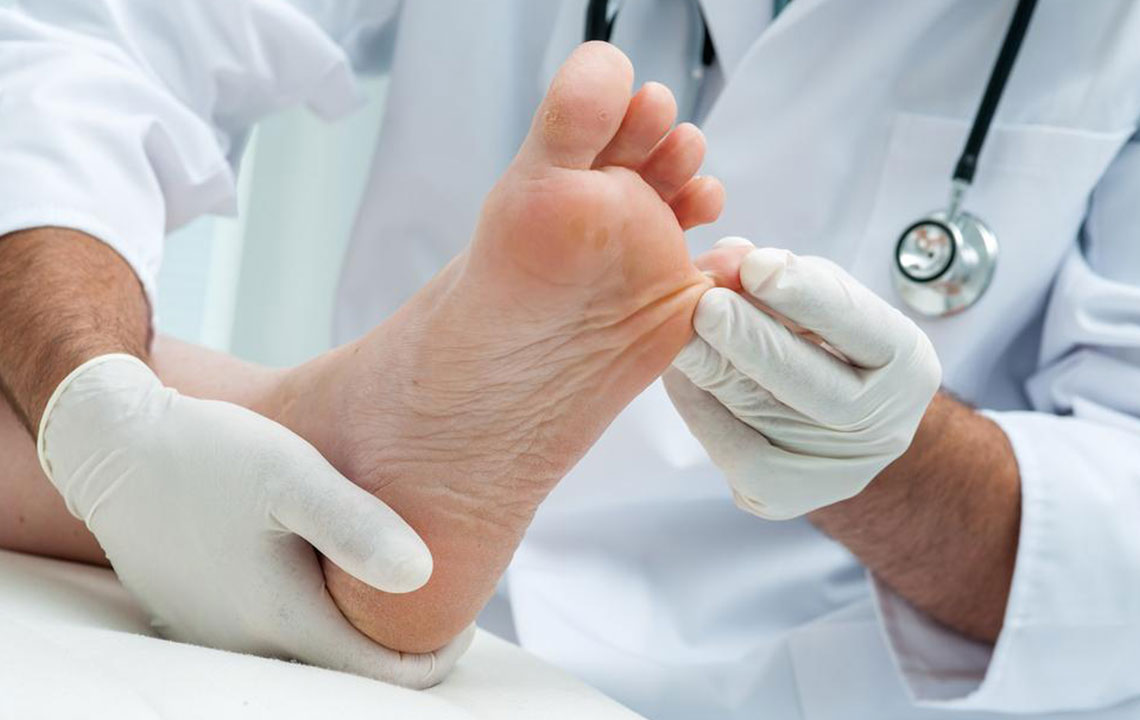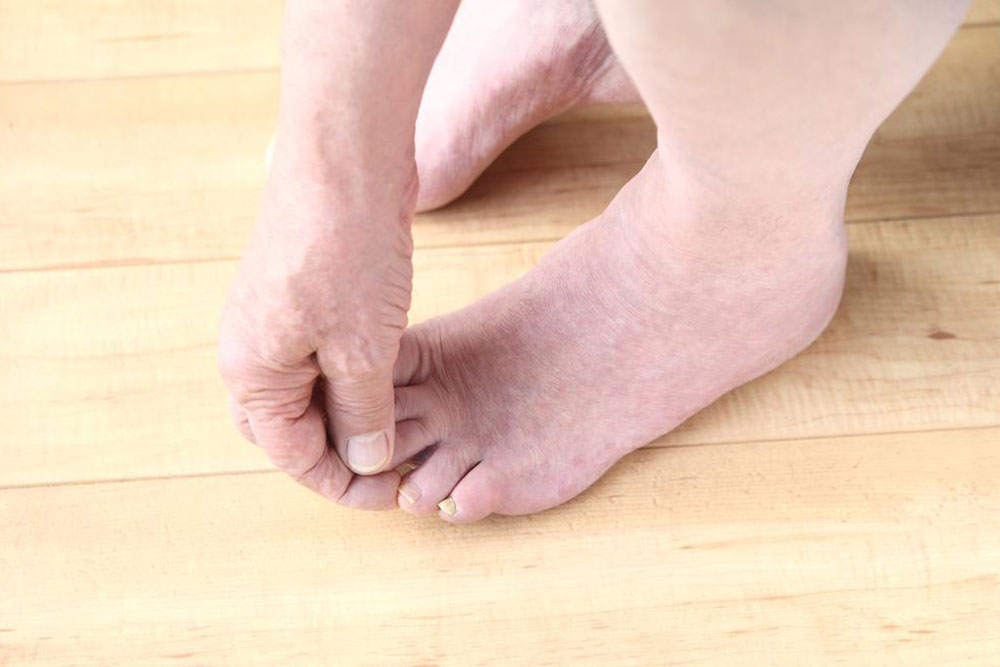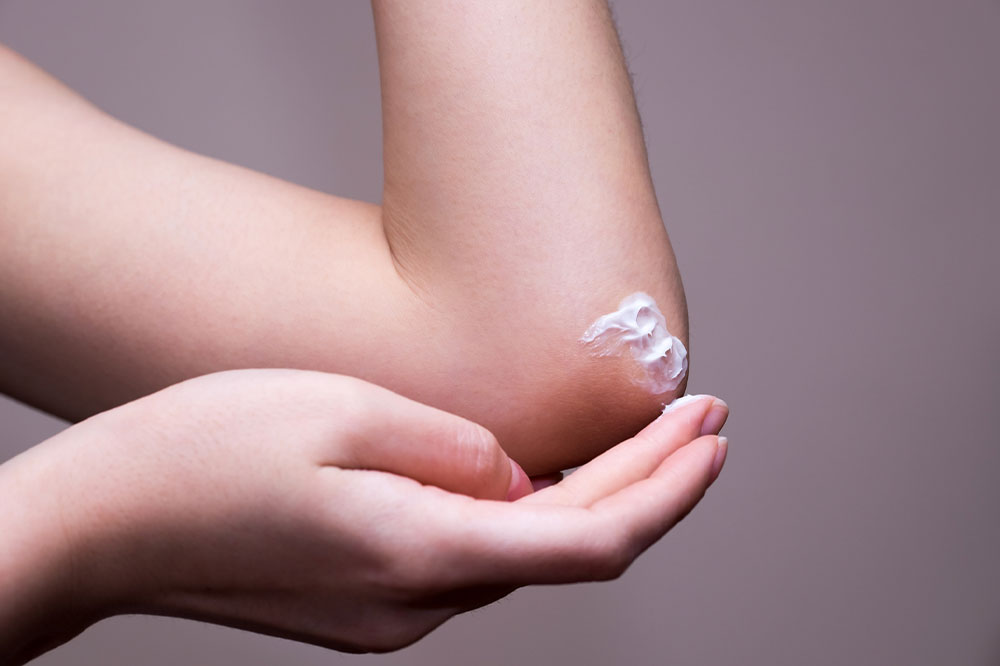Fungal Nail Infections: Causes, Prevention, and Treatments
This article explores toenail fungal infections, including causes, risk factors, prevention strategies, and various treatment options like medications, lifestyle changes, and emerging therapies. Early intervention and preventive measures are essential for effective management and to prevent recurrence, especially in at-risk groups such as older adults and those with underlying health conditions.
Sponsored

Fungal infections of the toenails develop when fungi grow excessively on, under, or in the nail. Existing fungi on your body can trigger infections, especially in warm, moist environments. Contact with infected individuals can also spread fungi, which often grow gradually, making early signs subtle.
What leads to toenail fungal infections?
Several fungi, including yeasts and molds, cause toenail infections. The primary culprit is dermatophytes, often originating from athlete’s foot and spreading between nails. Although many causes are preventable, risk factors can lead to recurring issues. Men are more frequently affected than women, and adults more often than children. A family history of fungal infections increases susceptibility.
Older adults are particularly vulnerable due to poor circulation, slower nail growth, and brittle nails with cracks, facilitating fungal entry. The main risk factors include:
Having conditions like diabetes or circulatory problems
Being over 65 years old
Wearing artificial nails or closed-toe footwear like boots and athletic shoes
Experiencing nail or skin injuries, or having immunosuppression
Managing toenail infections
Effective treatment can be challenging, with high recurrence rates. Some cases may require nail removal, and severe infections could cause permanent damage. Precautionary steps and treatments can limit spread and support recovery.
Medical treatments
Over-the-counter options often lack consistency; hence, doctors typically recommend oral antifungal medications. Topical solutions and nail lacquers may also be prescribed, applied similarly to polish over several months depending on infection severity.
Lifestyle modifications
Maintaining healthy nails through regular trimming and hygiene helps prevent infections. Avoiding nail injuries and keeping feet dry are essential preventive measures.
Invasive procedures
Nail removal is an effective but temporary solution; combined treatment with antifungal medications is necessary to prevent recurrence.
Home remedies
Remedies like vinegar, tea tree oil, coconut oil, and cedar leaf oil are popular, though their effectiveness is unproven and they may cause irritation. Softening thickened nails with topical urea can aid in maintenance.
Preventive practices
Wearing gloves during wet work, using antifungal powders, drying feet thoroughly, opting for trusted salons, choosing moisture-wicking socks, avoiding public barefoot exposure, and limiting artificial nails reduce infection risk.
Emerging treatment options
Laser or light-based therapy: Light-activated agents improve fungal elimination.
Iontophoresis: Electrical currents enhance medication absorption.
Nail lacquers: Create inhospitable environments for fungi.
Addressing toenail fungus promptly and adopting preventive habits are crucial. Consult your healthcare provider, especially if you have diabetes, to ensure proper care and avoid complications.






